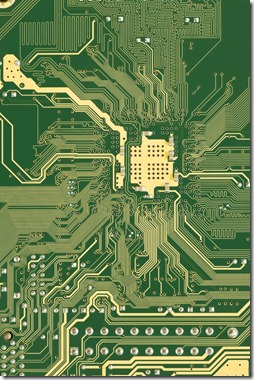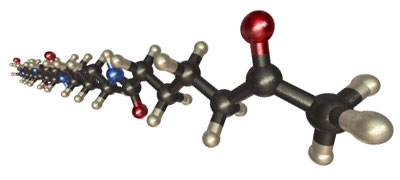 When I was a young scientist at IBM one of our production lines had a problem during the soldering of components onto a printed circuit board. The cards would delaminate when they were exposed to the high temperature solder and split apart destroying the printed circuit card. A task force was put together and all of the data was collected. It turns out this happened every year when the temperature and humidity increased in the summer but went away sometime in September when you guessed it, the humidity decreased.
When I was a young scientist at IBM one of our production lines had a problem during the soldering of components onto a printed circuit board. The cards would delaminate when they were exposed to the high temperature solder and split apart destroying the printed circuit card. A task force was put together and all of the data was collected. It turns out this happened every year when the temperature and humidity increased in the summer but went away sometime in September when you guessed it, the humidity decreased.
The task force requested a polymer expert and I was “volunteered” by my manager. I was pretty new to IBM, so I approached the challenge with an inquisitive mind and it gave me a chance to get a deep understanding of the polymer and manufacturing issues. I like big challenges and thought this would also help my research and product development work later on.
Once we got all of the data together (specific part numbers, defect rates, defect location, production lines, etc.) and what had been done to fix the issues, one nagging thing stuck in my head. The conventional wisdom was that baking the printed circuit cards prior to the soldering operation would “dry-out” the cards and reduce delamination. But the opposite occurred. When they baked the cards, the delamination rate increased. Interesting. This one contradiction became my obsession.
I did a large amount of analytical testing and one night about 8 PM sitting at the Scanning Electron Microscope (SEM) and looking at an Energy Dispersive X-ray (EDX) scan I noticed a “funny little peak” for an element that should not have been there. How did this particular element get there? We took apart delaminated cards and then got raw cores (prior to being laminated together for form the final multilayer printed circuit card) and did surface analysis and SEM/EDX. We didn’t find the contaminant on the surface using ESCA (Electron Spectroscopy for Chemical Analysis) which probes the top 50 angstroms, but we did find it using the SEM/EDX which probes deeper into the material (in the micron range). Another contradiction for a surface contaminant. But it turns out this was the key piece of data.
To make a long story short, printed circuit cards built at one plant delaminated when exposed to high humidity and cards built at another plant didn’t delaminate. A little bit of “Quincy” detective work uncovered that there was an added surface treatment process in the production of the cores for the cards that delaminated. The surface contaminant (a hygroscopic species) was diffusing into the surface during the surface prep (it was actually a very aggressive, caustic cleaning process) but the surface contaminant was removed during the final rinsing process. After the cards were laminated, the moisture grabbing contaminant was buried close to the interface (but not at the interface). When the parts were baked, the moisture was actually collected right were you didn’t want it. You guessed it, close to the interface, which led to delamination when the moisture exploded into steam during the soldering process.
A process change was implemented to eliminate the aggressive cleaner and delamination was eliminated. Forever. Multiple millions of dollars were saved and we never had a delamination task force again.
The take home message is to look at all of the data, embrace seemingly contradictory situations and hunt for the condition that aligns all of the data. Following the bake/no bake contradiction opened the door to finding the root cause and implementing a lasting fix.
To see how we can help you solve your train wrecks, visit the InnoCentrix website.

Leave a Reply